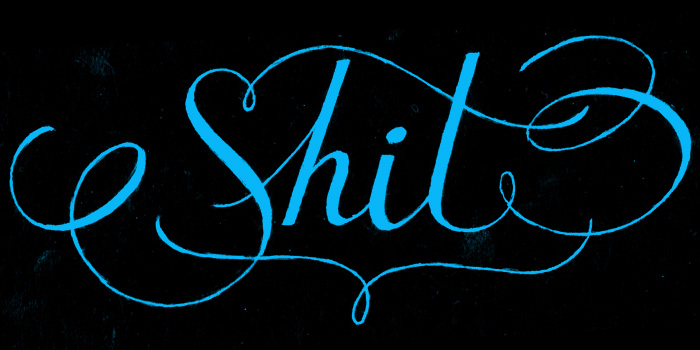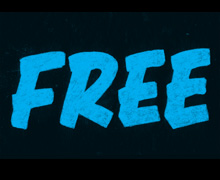Latest in: branding
You've probably seen the video by now, as it's been making the rounds in pretty much ever social network. It's pretty funny, and well written. Having a guy play the part of the girl …
It's been a month of rather intense change for me. The biggest change has been a decision to quit my current full-time job and begin freelancing full-time. This hasn't been an easy decision for …

